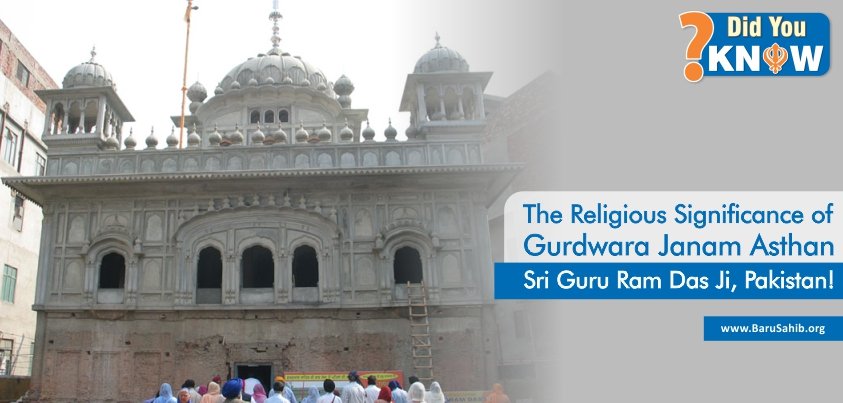Nirmaljit Singh- Only Air Force Officer to be Awarded India’s Highest Military Recognition Param Veer Chakra
Flying Officer Nirmal Jit Singh Sekhon, PVC (17 July 1943 – 14 December 1971) was an officer of the Indian Air Force. He was posthumously awarded the Param Vir Chakra, India’s highest military decoration, in recognition of his lone defence of Srinagar Air Base against a PAF air raid during the Indo-Pakistani War of 1971. […]
Flying Officer Nirmal Jit Singh Sekhon, PVC (17 July 1943 – 14 December 1971) was an officer of the Indian Air Force. He was posthumously awarded the Param Vir Chakra, India’s highest military decoration, in recognition of his lone defence of Srinagar Air Base against a PAF air raid during the Indo-Pakistani War of 1971. He is the only member of the Indian Air Force to be so honoured.
Nirmal Jit Singh Sekhon was born on 17 July 1943 in the village of ISEWAL DAKHA in Ludhiana District, Punjab. He was the son of Flight Lieutenant Tarlochan Singh Sekhon. He was commissioned into the Indian Air Force on 4 June 1967 as Flying Officer.
During the Indo-Pakistani War of 1971, he was serving with the No. 18 Squadron, “The Flying Bullets” of IAF, flying the Folland Gnat fighter aircraft based at Srinagar. On 14 December 1971, Srinagar airfield was attacked by six Pakistan Air Force F-86 jets of 26 Sqn from PAF base Peshawar. Flying Officer Sekhon was on readiness duty at that time. As soon as the first aircraft attacked, Sekhon rolled for take-off as No 2 in a two-Gnat formation, with Flt Lt Ghumman in lead, just as the first bombs were falling on the runway. Only being delayed due to dust kicked up by the preceding Gnat, Sekhon lost no time in singling out the first Sabre pair, which was re-forming after the bombing run. The Gnat Leader, Flt Lt Ghuman, lost visual with his wingman just after take-off, remained out of the fight leaving Sekhon to handle the muddle all by himself.
In the ensuing air battle, Sekhon scored a direct hit on one Sabre[3] and set another ablaze,.The latter was seen heading away towards Rajauri, trailing smoke.
Sekhon, after being hit, was advised to return to the base. He is said to have flown in straight, wings level for some time, then going inverted, plummeting down, probably due failure of control system. He attempted a last-minute ejection, which did not prove successful, as his canopy was seen to fly off. The wreckage of the Gnat was found in a gorge, near the road coming from Srinagar town to the base, a few miles from the base. Despite many search efforts by Army and Air Force, his corpse was never found due to the mountainous terrain of where his fighter went down, much to the disappointment of his wife and family.
A detailed story of his effort has been mentioned in fairly detailed account by Air Cdre Kaiser Tufail. His skill was later also praised in an article by Salim Baig Mirza, the pilot who shot him down. The bravery, flying skill and determination displayed by Flying Officer Sekhon, against odds of 1:6, earned him India’s highest wartime medal for gallantry, the Param Vir Chakra.
Nirmal Jit Singh Sekhon is remembered for his gallantry and statues of him have also been erected in many cities in Punjab.
A marine tanker built in 1985 was named Flying Officer Nirmal Jit Singh Sekhon, PVC.
Source- Wikipedia













